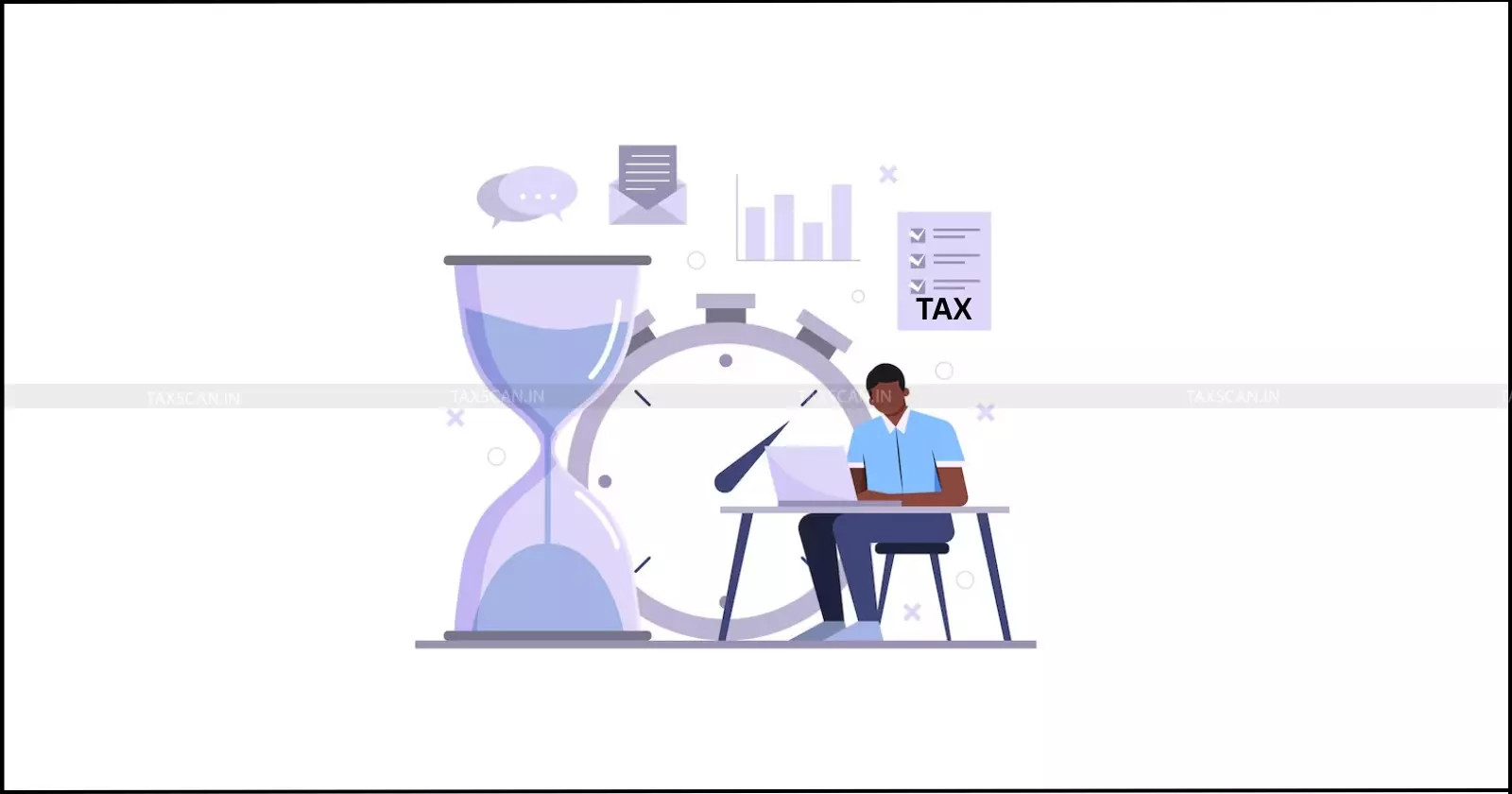Time Limits for Income Tax Action: What Taxpayers Must Know
The Income Tax Department cannot keep past returns open for scrutiny indefinitely.

The law prescribes strict timelines within which tax officers can initiate proceedings, whether under routine assessment or in cases of income escaping assessment. Once these deadlines pass, the department is barred from taking action. For taxpayers, understanding these time limits is essential to know the extent of exposure and to secure certainty around past filings.
Regular Assessment Timeline
In the normal course, when an income tax return (ITR) is filed, the department has only a limited window to select it for scrutiny. A notice can be issued within three months from the end of the financial year (F.Y.) in which the return is filed.
For instance, if an assessee files their return for F.Y. 2024–25, the Income Tax Department must issue any notice for scrutiny by June 30, 2025. After this cut-off, the return cannot be reopened under regular assessment provisions.
This provision ensures that compliant taxpayers are not exposed to indefinite review of their filings.
Income Escaping Assessment
There are cases where the department comes across fresh information after the regular assessment period has lapsed. To deal with such instances of unassessed or concealed income, law provides for income escaping assessment, with separate time limits depending on the value of the escaped income.
- Escaped income below ₹50 lakh
- ○Notice can be issued within 3 years and 3 months from the end of the relevant Assessment Year (A.Y.).
- ○Example: For F.Y. 2020–21 (A.Y. 2021–22), any notice must be served before June 30, 2025. Beyond this date, the case cannot be reopened.
- ○The window is extended to 5 years and 3 months from the end of the relevant A.Y.
- ○Example: For F.Y. 2018–19 (A.Y. 2019–20), the last date to issue notice is June 30, 2025.
- Escaped income of ₹50 lakh or more
This categorization ensures that high-value potential revenue losses remain actionable for a longer period, while small cases are closed sooner.
Closure of Old Matters
One of the most significant aspects is the finality granted to older cases. The circular specifies that all tax matters up to March 31, 2019, stand closed unless already under scrutiny.
This means that if the department had not issued notices earlier, it can no longer go back and initiate proceedings for those years. For taxpayers, this provides closure and eliminates the lingering fear of sudden action on old returns.
Importance of Defined Timelines
The system of deadlines serves multiple purposes:
●Certainty for taxpayers: Individuals and businesses can plan better when they know that after a defined date, their past returns are safe from new scrutiny.
●Efficient administration: Officers are bound to act quickly and focus only on cases with merit, rather than keeping returns open indefinitely.
●Reduced disputes: Arbitrary late action often leads to litigation. Clear deadlines cut down on prolonged disputes.
●Encouragement for compliance: When taxpayers see that timely filing protects them from future harassment, they are more likely to file correctly and on time.
India’s Most Awaited Income Tax Act, 2025 is Here – 35% OFF
Practical Takeaways
●Scrutiny under regular assessment: Allowed only up to 3 months from the close of the financial year in which the ITR is filed.
●Income escaping assessment:
- ○Less than ₹50 lakh: Up to 3 years and 3 months from the end of relevant A.Y.
- ○₹50 lakh or more: Up to 5 years and 3 months from the end of relevant A.Y.
- Old returns filed up to March 31, 2019: Completely out of reach unless already being scrutinized.
India’s Most Awaited Income Tax Act, 2025 is Here – 35% OFF
Conclusion
The law on income tax assessments draws a firm boundary on how long the authorities can keep tax matters open. For regular returns, scrutiny ends within a few months. For escaped income, the limit extends up to three or five years depending on the amount involved. Importantly, all matters prior to March 31, 2019, now enjoy final closure.
For taxpayers, these deadlines provide clarity and peace of mind, ensuring they cannot be pursued endlessly for old filings. For the department, it reinforces discipline in focusing on timely detection and action. Knowing these rules helps taxpayers not only comply better but also defend their rights when notices are issued beyond the legally prescribed time frame.
Support our journalism by subscribing to Taxscan premium. Follow us on Telegram for quick updates


